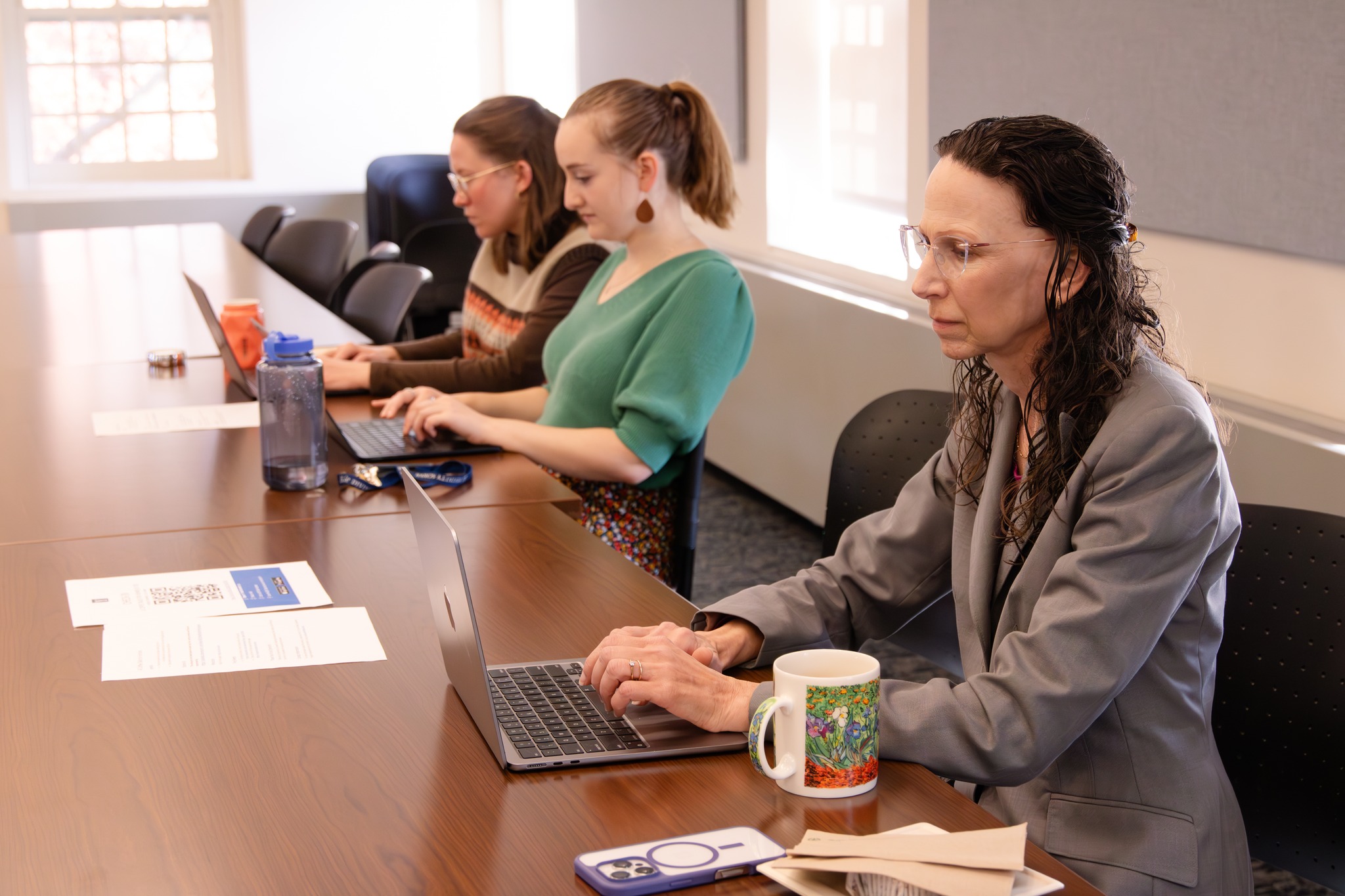In Fall 2015, with the endorsement of the Yale College faculty, the Computer Science department hired Yale’s first group of Undergraduate Learning Assistants (ULAs). Many universities nationwide, including peer institutions, have employed ULAs. With appropriate training and guidance, ULAs can serve as a considerable instructional resource, since students who struggle with the curriculum often find their peers more approachable than faculty or graduate students. By helping their peers, ULAs themselves deepen their own understanding of the course content and enrich their college experience.
Evaluation of ULA Use
The following guidelines are intended to help instructors provide a well‑supported learning experience for undergraduates who work as ULAs. Because appointing undergraduates to an instructional role raises concerns and poses potential risks, these guidelines are necessarily more extensive and stringent than those for other instructional roles. Hiring departments and supervising faculty should understand their responsibilities in providing extensive guidance and supervision of the ULAs.
The University funds ULAs through the Teaching Fellow Program. Working in partnership with the sponsoring department, the Center for Teaching and Learning (CTL) provides resources to train ULAs. The CTL offers foundational training that covers basic pedagogy and addresses topics such as confidentiality, academic integrity, and Title IX issues. This training is every semester and is required for all students appointed as ULAs for the first and second times. The CTL will provide recommendations to the department about effective mechanisms for ongoing guidance for the ULAs. These recommendations may include formats for weekly ULA meetings with the instructor, such as discussing problem sets and reviewing challenging concepts.
Working with course instructors, departments will select and hire their own ULAs through Student Employment (link is external). Under no circumstances may departments hire first‑year students as ULAs.
Departments must secure the approval of the Yale College Faculty before hiring. Departments holding this approval may request ULA use by consulting with the Yale College Dean’s Office and the Teaching Fellow Program. Departments may use ULAs only if no graduate‑student teaching fellows are available.
The DUS will facilitate the partnership between the CTL and faculty. The DUS will thus be the primary departmental contact and should meet with the ULAs at the beginning of each term to discuss the responsibilities, expectations, and limitations of the assignment. Each DUS, in consultation with the DGS, should establish the qualifications for their own department’s ULAs (e.g., whether ULAs must have taken the course to which they will be assigned, whether ULAs must be juniors or seniors, etc.).
Departments will designate one or more faculty members to partner with the CTL to train ULAs. Departments will coordinate communication between the CTL & the ULAs to facilitate training and assessment.
All departments using ULAs will be reviewed after an initial three‑year trial period. The review will be based on student responses to the OCE as well as responses provided by the ULAs to the CTL questionnaire (see “Evaluation of ULA Use”).
The instructor of record must closely supervise the ULA throughout the course and participate in ULA training. Course instructors will inform ULAs whether they are required to attend class sessions.
Course instructors will hold weekly staff meetings with the ULAs to review topics on which their peers may request help, advise ULAs on assigned grading duties, and help ULAs prepare for sections.
Course instructors will provide grading rubrics to ensure consistent grading by ULAs. Course instructors will facilitate blind grading mechanisms (see examples in Appendix 2; consult the CTL for further assistance).
Course instructors will review ULA grading and must be responsible for calculation and assignment of final grades. Under no circumstances may ULAs grade essays or perform any type of qualitative assessment.
Course instructors will observe each ULA at least once per term, either by visiting during the ULA’s office hours or by observing the ULA’s discussion section, and offer feedback and suggestions.
**Other faculty duties include:**
- Preparing their own course materials (syllabi, papers, lectures, problem sets, exams, scoring keys)
- Reserving and printing course materials
- Obtaining audiovisual equipment
- Maintaining course websites
- Managing section assignments
- Recording and reporting grades
- Administering examinations
- Grading graduate‑student work that requires qualitative evaluation
ULAs are expected to hold office hours, lead review sessions, and work one‑on‑one with students. They may grade quantitative assignments under blind‑grading conditions and only when provided with an answer key.
ULAs typically spend 1–2 hours per week meeting with the course instructor and work an average of 10 hours per week, up to a maximum of 12 hours.
ULAs must comply with University policies on confidentiality, academic integrity, and Title IX. They will follow peer‑instruction best practices (e.g., assisting without giving answers, teaching inclusively, grading fairly) and report any conflicts of interest to the instructor. An undergraduate may serve as a ULA for only one course per term.
All stakeholders are expected to facilitate the ongoing evaluation of the ULAs’ performance. The Teaching Fellow Program will administer a midcourse survey to all ULAs to ask about their weekly work experience and identify any concerns. At term’s end, the University will assess both ULA performance and the impact on their learning.
Throughout the term, the CTL will also administer brief questionnaires to ULAs to evaluate training and weekly meetings. Students in ULA‑staffed courses will provide feedback via a custom question in the Online Course Evaluation.
Data from surveys and evaluations will inform a three‑year review of ULA use and guide improvements. Continued use of ULAs depends on following these guidelines.
-
Resource PDFs
-
ULA Guidelines
ULA Guidelines (Committee Rev 5 – 2025) [PDF]
-
Teaching with ULAs
Yale College Guidelines for Teaching with ULAs (FY 26) [PDF]
-
Student Course‑Support
Appendix: Student Course‑Support Role Comparison [PDF]
-
Audience
-
Category
media
